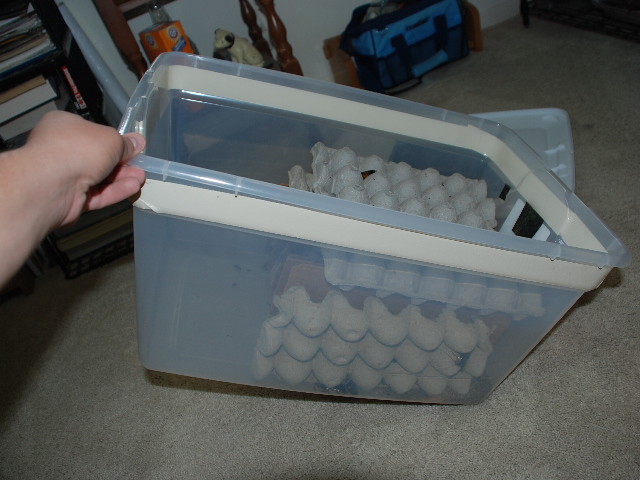- Joined
- Aug 2, 2009
- Messages
- 1,413
Hey Jabbewocky,
isn't it P. murinus, not P. mammicatuus (Also OBT can me orange baboon tarantula).
and to expand that helpful post:
KB = King baboon (C. crawshayi)
GBB = Green bottle blue (C. cyaneopubescens)
LP = L. parahybana
DCF= dark color form
RCF= red color form
TCF = typical or "true" color form
LCF = Light color form
isn't it P. murinus, not P. mammicatuus (Also OBT can me orange baboon tarantula).
and to expand that helpful post:
KB = King baboon (C. crawshayi)
GBB = Green bottle blue (C. cyaneopubescens)
LP = L. parahybana
DCF= dark color form
RCF= red color form
TCF = typical or "true" color form
LCF = Light color form


















